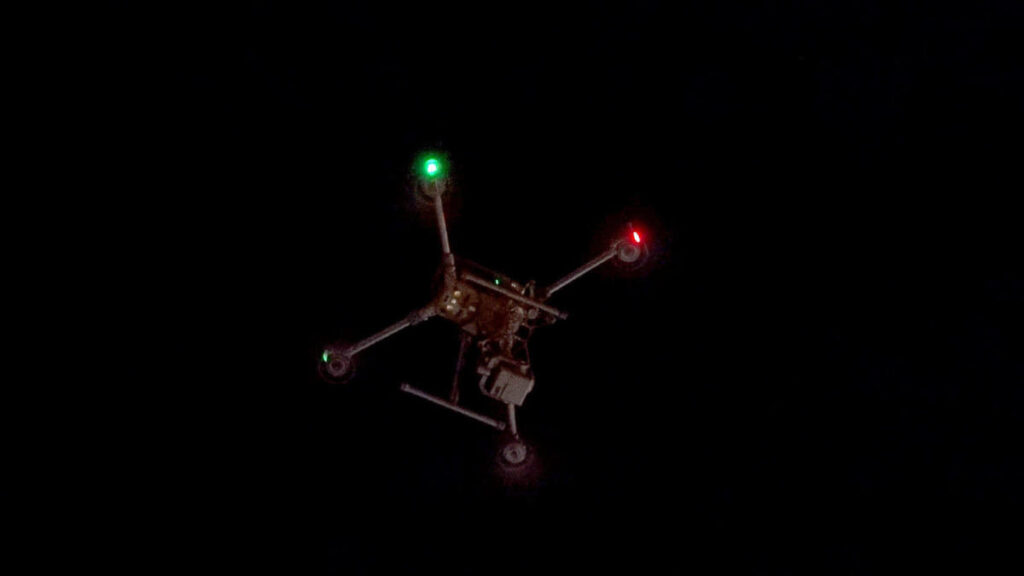As concerns rise regarding drone activity across New Jersey and other East Coast regions, the White House is urging Congress to enact legislation that enhances the authority of federal, state, and local governments in regulating drones within U.S. airspace. National Security Council spokesman John Kirby emphasized the necessity for improved measures to address the increasing presence of drones, highlighting existing gaps in governance that complicate management efforts. He underscored that Congressional support is essential for the administration to reinforce drone oversight capabilities, expressing a need for comprehensive solutions to deal with this expanding “ecosystem” of drones.
In response to the growing anxiety about drone activity, Kirby reassured the public that the federal government has been actively analyzing recent reports of drone sightings. His assessments indicate that the majority of these drones are engaged in lawful activities, encompassing both unmanned and manned aircraft, as well as commercial aviation. Kirby stated that there are currently no threats to national security or public safety stemming from these reported drone activities, asserting that the Biden administration is committed to maintaining transparency throughout the process.
Seeking to further investigate the situation, President Biden has called for a bipartisan commission dedicated to examining drone usage and the regulatory framework surrounding it. Kirby mentioned that while legislative proposals have been presented, they have not progressed significantly in Congress. In an effort to facilitate understanding and discussion on this topic, members of the House Intelligence Committee are scheduled to receive a closed-door briefing from officials representing the FBI, CIA, and the Office of the Director of National Intelligence to address the recent drone sightings and data.
Senate Majority Leader Chuck Schumer has also weighed in, advocating for the implementation of advanced drone detection technology, including the Robin Radar Systems’ “360-degree technology,” to monitor drone activity in the Northeast. Alongside this, Schumer aims to broaden the capabilities of state and local law enforcement to utilize technologies for identifying unmanned aerial devices. The need for such measures was highlighted by the work of Senator Gary Peters and bipartisan sponsors in the House, including Speaker Mike Johnson and others, who are urging for the inclusion of this legislation in upcoming government funding bills.
A joint statement from the Defense Department, Homeland Security Department, Federal Aviation Administration, and FBI reassured the public that, after extensive review, the sightings of drones reported thus far do not indicate any malicious intent. They classified the observed drone activity as a mix of lawful commercial, hobbyist, and law enforcement operations, complemented by occasional sightings of manned aircraft and misidentified stars. The agencies noted that they had received over 5,000 reports in recent weeks, with about 100 warranting further scrutiny, thus illustrating both the volume of public concern and the proactive steps being taken to investigate these reports.
Despite the FAA’s regulation requiring drone registration, with over 1 million drones documented, experts highlight a lack of compliance among some operators. This complicates the ability of authorities to effectively monitor drone activity and impacts the overall safety in the airspace. As the administration and various government agencies work collaboratively to handle public concerns and potential regulations surrounding drones, ongoing dialogue in Congress and enhanced technological approaches will be crucial to ensuring that drone-related activities remain safe and lawful.

